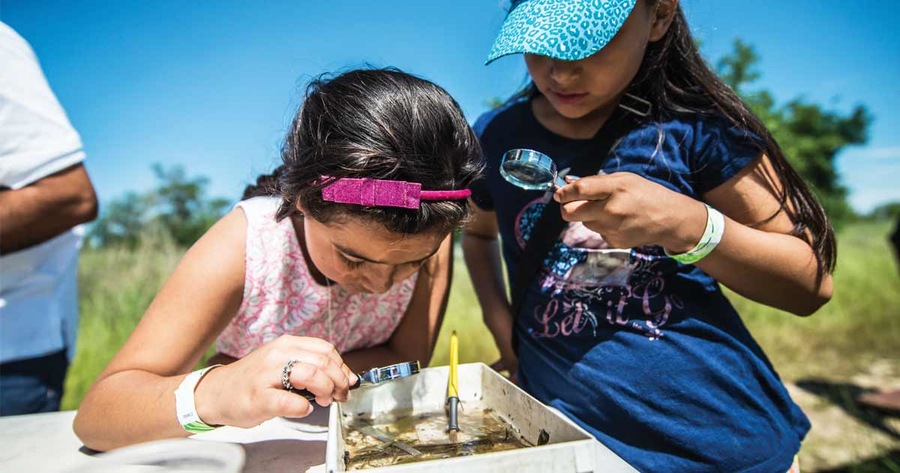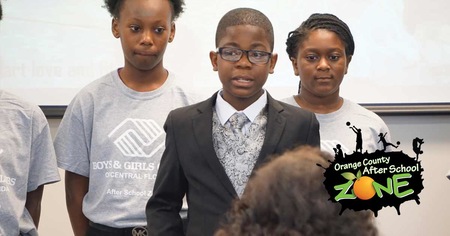Also called "summer setback" or "summer learning loss," this slide is not a joyride. In fact, educational research suggests summer learning loss is one of the most significant causes of underachievement in America.
Here's another way to think about it: If a child gains nine months of learning during the school year but loses three months of learning during the summer, it's as if the school year is just six months long. The financial implications of this loss are staggering as well. In the United States, we spend an average of $12,000 per child in public schools during the nine months of the school year, only to let our investment go to waste during summer—allowing the momentum of academic progress to stagnate, if not regress.
Summer champions across the country are changing that and turning summer from a time of high risk for students into a time of tremendous gain, delivering the highest-quality summer programs and supports so every child can grow and thrive.
It's important to help parents understand what the summer slide means for their children. Some parents often associate "summer learning" with punitive, high-pressure summer school—stressful experiences from which they would rather protect their children. Yet planning for quality summer programs can help children and parents stay motivated to keep students learning during summer.
With summer on its way, now is the perfect time to plant the seeds for summer success by taking a hard look at what quality looks like in your program and taking proactive steps to go from good to awesome.
Here are some ideas to help afterschool professionals and leaders plan with quality in mind.
1. Identify three areas for program improvement this summer. Choose goals that could realistically be accomplished in only a few days, weeks or months. Think in terms of tweaks, rather than major overhauls.
2. Integrate youth voice and input. After summer ends, you'll want to kick back or sneak in a quick vacation before school-year programming begins. That's why you should plan now for collecting youth feedback at the end of the program.
3. Finalize your staff training. It's time to polish your staff training until it shines! Finalize your schedule for training. Consider incorporating time for staff to practice lesson plans together and touch on positive behavior management and instructional strategies. If you have returning staff, build from their strengths and incorporate them into the training.
4. Create a vision for your program culture. Creating a unique program culture can increase participation, attendance and engagement. Creating a unique identity for your program doesn't have to be hard. Start with something small—such as a camp song, chant or cheer that includes your program's name. If you've already done this, great work! Consider creating a morning or afternoon campwide gathering, where all staff and youth can do the chant together.
5. Design a timeline for staff observations. Before summer starts, create a schedule for the site director to observe each direct service staff member at least once and provide timely feedback afterward. Be sure to share strengths and suggested improvements. This helps keep staff engaged and bought into the program and ensures high-quality delivery throughout the summer!
6. Engage, equip and empower parents. Begin reaching out to families and come up with a strategy for sustaining communication throughout summer. Promote and market the program to families by telling them why youth love participating.
High-quality summer learning programs are proven to maintain and advance students' academic and social growth, keep young people safe and healthy during the summer, and send them back to school ready to learn. The process of planning, delivering and improving summer learning programs is continuous.
Just as the summer program ends, planning for the next year should begin.
Leslie Gabay-Swanston is Director of Program and Systems Quality for National Summer Learning Association (NSLA).
This article originally appeared in AfterSchool Today.




